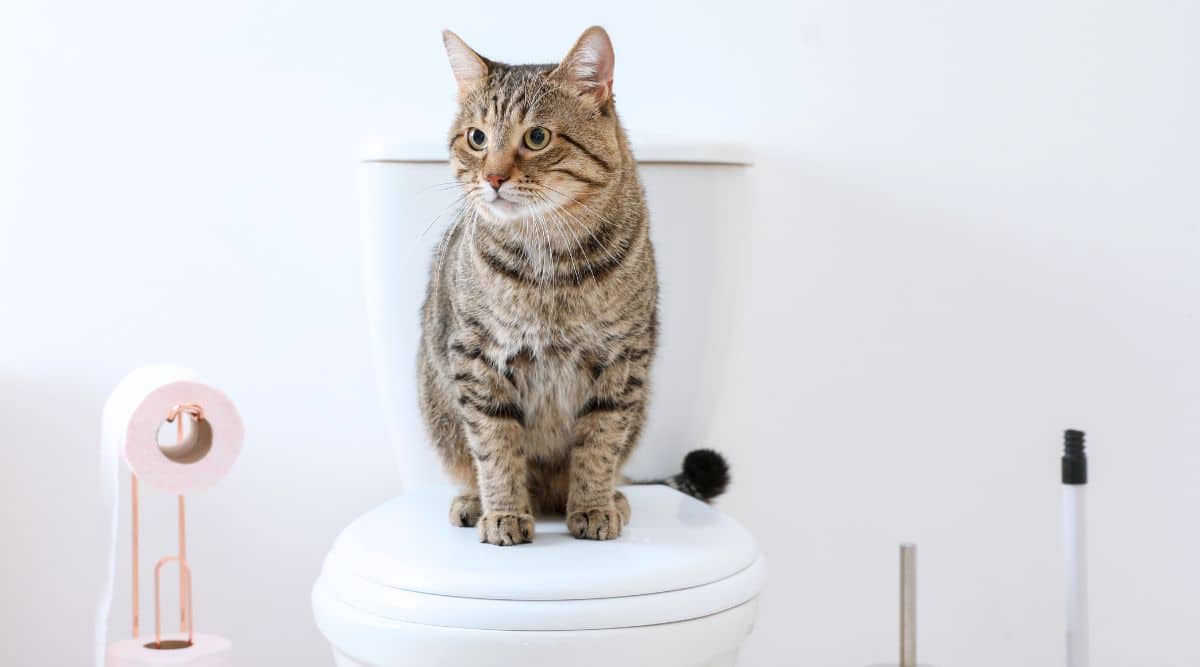Why You Shouldn't Flush Cat Poop Down Your Toilet - Preserve Your Plumbing System
Why You Shouldn't Flush Cat Poop Down Your Toilet - Preserve Your Plumbing System
Blog Article
Here down the page you can locate some worthwhile material relating to Can You Flush Cat Poop Down The Toilet?.

Intro
As cat owners, it's vital to bear in mind how we get rid of our feline buddies' waste. While it may seem convenient to flush pet cat poop down the bathroom, this method can have harmful repercussions for both the atmosphere and human health and wellness.
Alternatives to Flushing
The good news is, there are much safer and more liable methods to throw away feline poop. Take into consideration the following choices:
1. Scoop and Dispose in Trash
The most common technique of throwing away cat poop is to scoop it into an eco-friendly bag and toss it in the garbage. Make certain to use a specialized trash scoop and take care of the waste without delay.
2. Usage Biodegradable Litter
Select eco-friendly feline trash made from materials such as corn or wheat. These litters are eco-friendly and can be safely taken care of in the garbage.
3. Bury in the Yard
If you have a yard, consider hiding feline waste in an assigned area far from veggie gardens and water resources. Make certain to dig deep enough to prevent contamination of groundwater.
4. Mount a Pet Waste Disposal System
Buy a pet waste disposal system specifically made for pet cat waste. These systems use enzymes to break down the waste, minimizing odor and environmental impact.
Wellness Risks
In addition to ecological worries, flushing feline waste can also posture wellness dangers to humans. Cat feces might have Toxoplasma gondii, a bloodsucker that can cause toxoplasmosis-- a possibly serious illness, particularly for pregnant women and people with weakened body immune systems.
Environmental Impact
Purging cat poop presents dangerous virus and bloodsuckers into the supply of water, positioning a significant threat to water environments. These pollutants can adversely affect aquatic life and compromise water quality.
Final thought
Liable animal ownership extends beyond offering food and sanctuary-- it likewise involves correct waste monitoring. By refraining from purging cat poop down the bathroom and choosing alternate disposal approaches, we can reduce our environmental footprint and secure human health and wellness.
Why Can’t I Flush Cat Poop?
It Spreads a Parasite
Cats are frequently infected with a parasite called toxoplasma gondii. The parasite causes an infection called toxoplasmosis. It is usually harmless to cats. The parasite only uses cat poop as a host for its eggs. Otherwise, the cat’s immune system usually keeps the infection at low enough levels to maintain its own health. But it does not stop the develop of eggs. These eggs are tiny and surprisingly tough. They may survive for a year before they begin to grow. But that’s the problem.
Our wastewater system is not designed to deal with toxoplasmosis eggs. Instead, most eggs will flush from your toilet into sewers and wastewater management plants. After the sewage is treated for many other harmful things in it, it is typically released into local rivers, lakes, or oceans. Here, the toxoplasmosis eggs can find new hosts, including starfish, crabs, otters, and many other wildlife. For many, this is a significant risk to their health. Toxoplasmosis can also end up infecting water sources that are important for agriculture, which means our deer, pigs, and sheep can get infected too.
Is There Risk to Humans?
There can be a risk to human life from flushing cat poop down the toilet. If you do so, the parasites from your cat’s poop can end up in shellfish, game animals, or livestock. If this meat is then served raw or undercooked, the people who eat it can get sick.
In fact, according to the CDC, 40 million people in the United States are infected with toxoplasma gondii. They get it from exposure to infected seafood, or from some kind of cat poop contamination, like drinking from a stream that is contaminated or touching anything that has come into contact with cat poop. That includes just cleaning a cat litter box.
Most people who get infected with these parasites will not develop any symptoms. However, for pregnant women or for those with compromised immune systems, the parasite can cause severe health problems.
How to Handle Cat Poop
The best way to handle cat poop is actually to clean the box more often. The eggs that the parasite sheds will not become active until one to five days after the cat poops. That means that if you clean daily, you’re much less likely to come into direct contact with infectious eggs.
That said, always dispose of cat poop in the garbage and not down the toilet. Wash your hands before and after you clean the litter box, and bring the bag of poop right outside to your garbage bins.
https://trenchlesssolutionsusa.com/why-cant-i-flush-cat-poop/

We had been introduced to that article on How to Dispose of Cat Poop and Litter Without Plastic Bags through a good friend on a different domain. You should set aside a second to promote this blog post if you appreciated it. Many thanks for your time invested reading it.
Estimate Free Report this page